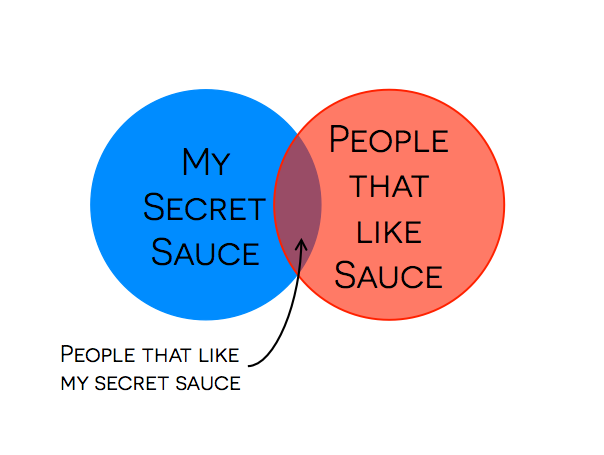The Tuesday Roundup
For today’s Tuesday Roundup, I’m going to share some additional resources related to last week’s AMA questions.
The first question I got was about the logistics of my personal retreat. For those curious about beginning this practice, there are a lot of materials out there to explore. I recommend this article for some insight into best practices for founders taking a personal retreat.
The extravagance of the destination isn’t what matters. What matters is that when you look outside your window, you aren’t looking at the same way of life that you see every other day.
Next, I was asked about positioning. I recommended using an attribution exercise to identify your initial position in the market. This exercise helps you understand your competitors’ strengths and weaknesses to find a white space in the market to lean into. This article will take you through the basic attribution exercise.
Developing your market position requires understanding your target addressable market segment. It’s important to narrow in on the segment that you can provide a highly differentiated solution for — this means niching down rather than trying to address the whole market. April Dunford, the author of Obviously Awesome, has a great step-by-step guide to identifying your target market.
Another topic I was asked about was demand validation. One of my biggest warnings when it comes to this topic is to think about the customer’s willingness to pay from day one. If you don’t include pricing questions in your customer discovery, you’ll get a false view of how much demand there actually is. This article by Madhavan Ramanujam lays out just how essential the willingness to pay is.
“The root of all innovation evil is the failure to put the customer’s willingness to pay [WTP] for a new product at the very core of product design. Most companies postpone pricing decisions until after the product is developed. They embark on a long, costly journey of hoping they’ll make money rather than knowing they will,” Ramanujam says. “You can ensure your product not only stays alive, but thrives, by talking with customers early in the product development process. If you don’t, you won’t be able to prioritize the product features you develop, or know whether you’re building something customers will pay for until it’s in the marketplace.”
Thanks again for submitting your questions. You can always reach out here or on Twitter/Instagram.





